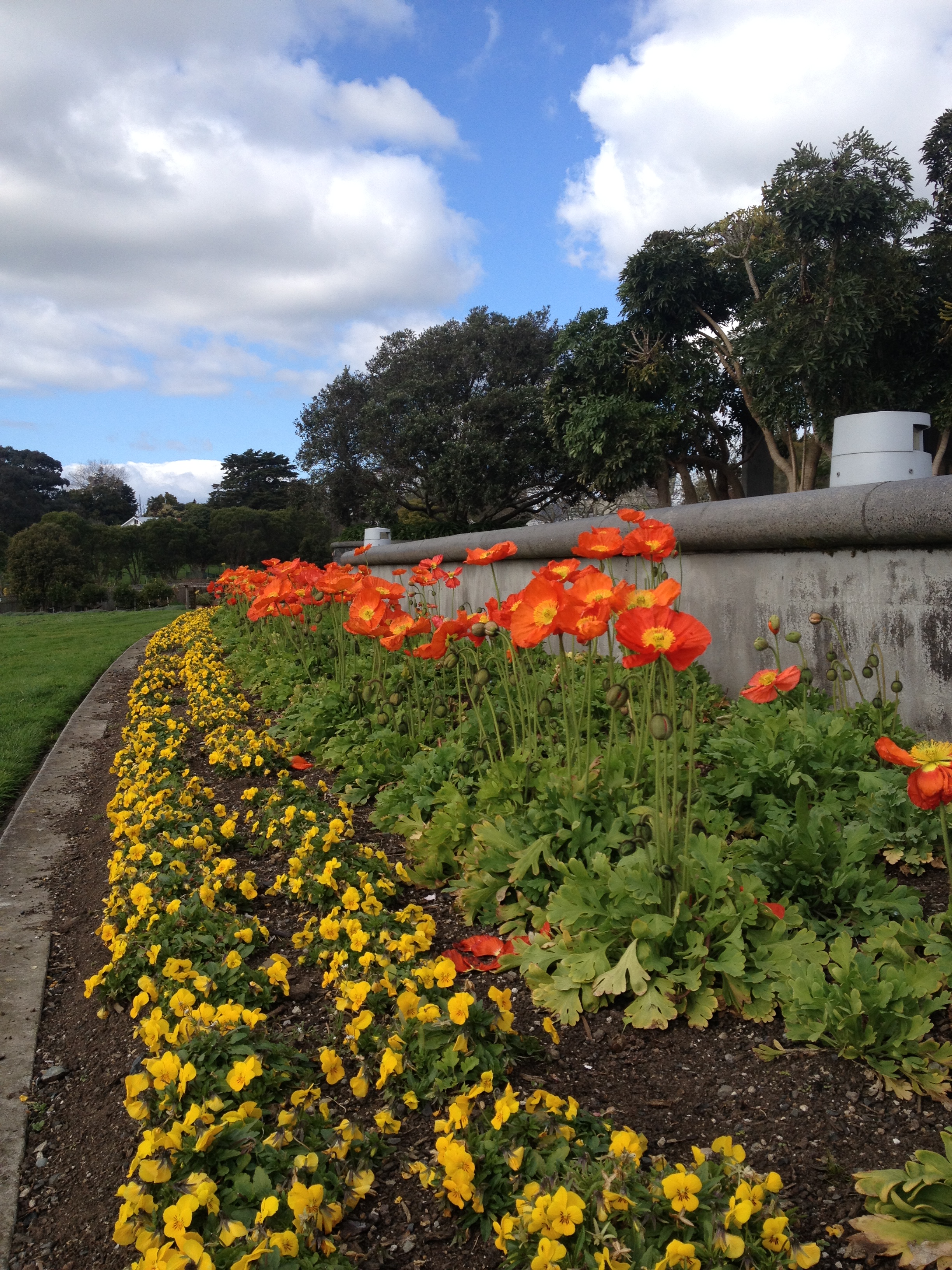Physical characteristics
An
Flowers and foliage
Fragrant lemon
Preferred site
Best planted in
Preparation for planting
Prepare the planting site when soil is moist and easily worked after the first rains in autumn. This way the soil is still warm so the
They benefit from a weed-free well drained soil rich in organic material. Planting too closely leads to spindly growth, poor flowering and eventual decline. In a well planned
Maintenance tips
It is advisable to add organic matter such as compost to the soil every second year and an
This plant has moderate feeding requirements. If in beds a soluble multi-feed used every six weeks is adequate. Monthly feeding is preferable if in containers or hanging baskets. This feeding will ensure prolific blooming and healthy strong
Bedding
Pests and diseases
Space evenly when planting out so there is plenty of air movement between




.jpg?width=1200&height=1200&v=1d4024dceb89e50)

.jpg?width=1200&height=1200&v=1d5569224d63650)
 .jpg?width=1200&height=1200&v=1d4024df6ce2770)
.jpg?width=1200&height=1200&v=1d55676a892f2b0)
 .jpg?width=1200&height=1200&v=1d4024e3b65f7f0)